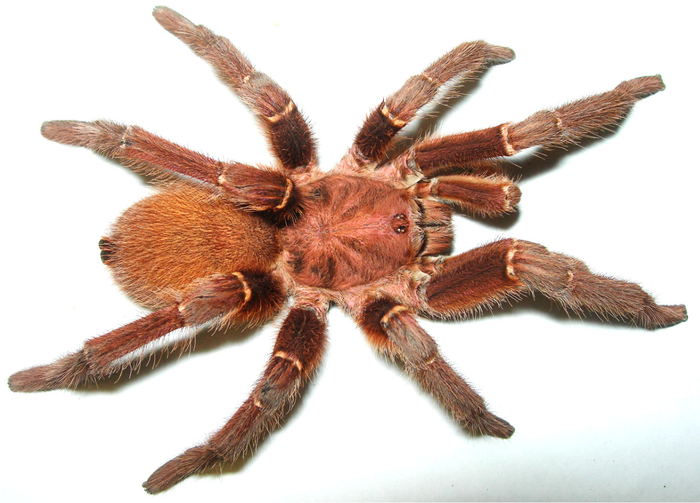Scientists decode why King Baboon spider venom is immensely painful
A bite from the King Baboon spider causes a harsh, burning ache

Scientists have uncovered how a bite from the King Baboon spider causes a harsh, burning ache, an advance that could lead to the development of novel treatments for chronic pain.
The scientists, including Rocio K Finol-Urdaneta from the University of Wollongong in Australia, also found the molecules inside the body that the spider’s venom targets.
While pain development and discomfort are universal features of spider envenomations – exposure to poison or toxin from a bite or sting – scientists said the severe pain arising from bites by Old World spiders such as the King Baboon was poorly understood.
Spider venoms typically contain neurotoxins which cause paralysis and toxicity in humans via their ability to modulate ion channels and receptors in the body involved in nerve and muscle cell signal conduction.
In the new study, published in the journal PNAS on Monday, researchers analysed venom from King Baboon spiders (Pelinobius muticus), large tarantulas found in Kenya and Tanzania.
They found that the inhibitory Pm1a protein was abundant in the tarantula’s venom, which led to severe pain by acting on multiple ion channels in the body.
When scientists analysed the effects of a synthetic version of the Pm1a peptide in adult mice and in dissociated mouse sensory nerve cells, they found it modulated several pathways involved in nerve signal conduction such as ion channels, sodium currents and potassium currents.
These concomitant effects, researchers said, promote “hyperexcitability in pain-sensing neurons,” called nociceptors.
Researchers suggest the spiders use a single small protein to target multiple receptors in an expedient way to evoke pain as a defence strategy.
Pharmacological inhibition of some nerve signal conduction pathways such as voltage-gated sodium channels could reverse these effects, the scientists suggested.
This ability of the protein to target the specific physiological function of excitability via multiple receptors instead of binding to a specific molecular target like a membrane protein may be an evolutionary adaptation of pain-producing defensive venoms, they added.
“The coordinated modulation of excitatory and inhibitory ion channels involved in pain propagation may represent an economical and effective defence strategy in pain-inducing defensive venoms,” the researchers wrote in the study.
“By extension, depressing neuronal excitability by targeting complementary players with “multimodal analgesics” may provide novel therapeutic alternatives for the treatment of chronic pain,” they added.
Join our commenting forum
Join thought-provoking conversations, follow other Independent readers and see their replies
Comments
Bookmark popover
Removed from bookmarks